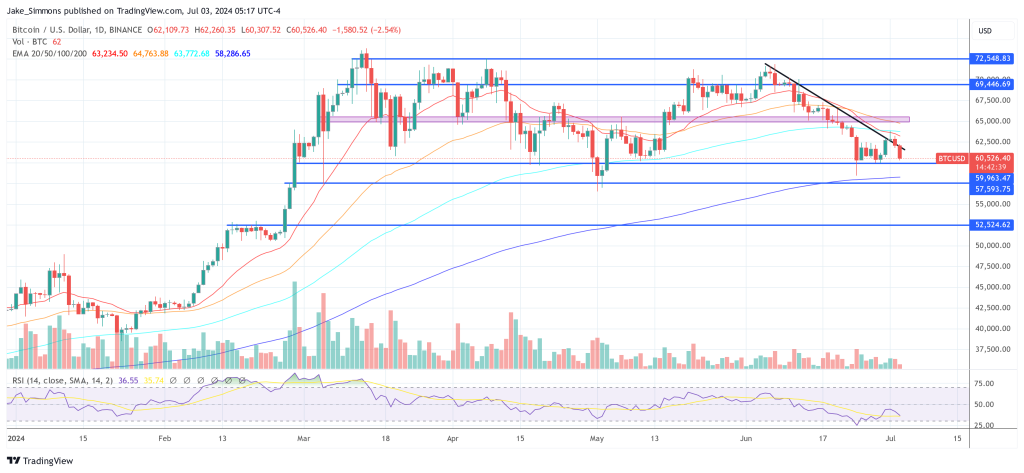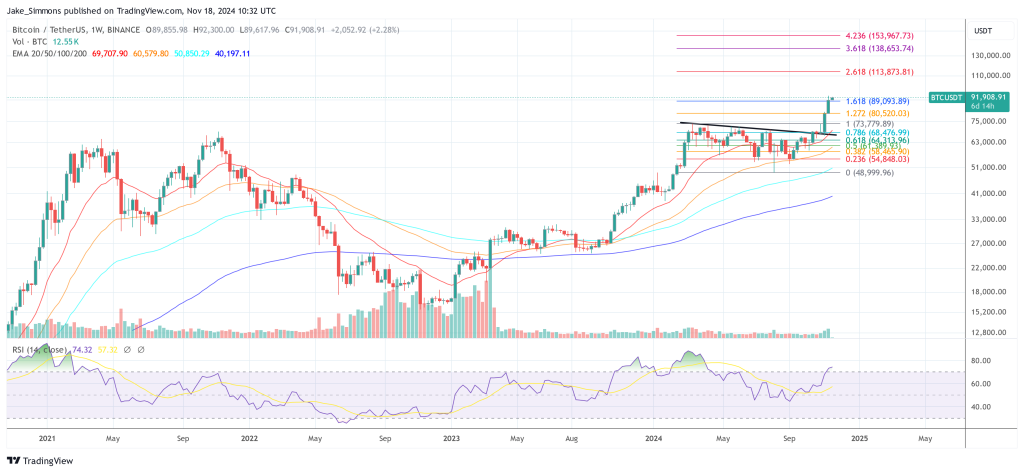SlowMist, a leading blockchain security firm, has released its “2024 Q2 MistTrack Stolen Funds Analysis,” providing an in-depth look at the trends and tactics behind cryptocurrency thefts during the second quarter of 2024. Drawing from 467 reported incidents of stolen funds, the analysis pinpoints critical vulnerabilities within the ecosystem and offers detailed insights into the methods used by cybercriminals.
Private Key Leaks: The Primary Culprit
According to the SlowMist report, the most common cause of crypto theft is the mishandling of private keys and mnemonic phrases. Users’ tendencies to store these critical security credentials in easily accessible or insecure platforms have led to substantial losses. Specifically, the report details how many users store their keys on cloud storage services like Google Docs, Tencent Docs, Baidu Cloud, and Shimo Docs. It also mentions that some users compromise their security further by sharing these keys via messaging platforms like WeChat or even storing them on local hard drives with insufficient encryption measures.
The report clearly states: “Hackers often use ‘credential stuffing’ techniques, trying to log into these cloud services with databases of leaked account credentials found online.” This exposes users to significant risks as once hackers access these storage points, they can easily exfiltrate crypto-related information and subsequently drain the associated wallets.
In addition to poor storage practices, the analysis underscores the dangers of fake wallets. Users frequently download these applications from non-official sources, lured by fraudulent advertisements or misleading search engine results. SlowMist’s analysis includes an examination of third-party app markets where numerous fake wallet apps are distributed. These apps are often complete replicas of legitimate software, tricking users into entering private keys that are directly transmitted to attackers.
Phishing: An Evergreen Crypto Threat
Phishing remains a prevalent method of crypto theft, leveraging the vast reach and engagement of social media platforms. The report elaborates on sophisticated phishing operations where criminals use social media profiles that appear legitimate to distribute phishing links. These profiles often originate from compromised accounts or are purpose-built with purchased followers to mimic genuine community influencers or project accounts.
“Approximately 80% of the first comments under tweets from prominent project accounts are occupied by phishing scam accounts,” reveals the SlowMist analysis. This tactic demonstrates the strategic use of social media by attackers to maximize the reach and impact of their malicious activities. Phishing operations also extend to platforms like Discord and Telegram, where crypto communities actively exchange information, making them ripe targets for fraud.
Honeypot Scams: Deceptively Attractive InvestmentsThe third significant threat identified is the honeypot scam. In this scheme, scammers create tokens that seem promising and offer high returns, but these tokens are programmed to be unsellable. This type of fraud is particularly rampant on decentralized exchanges like PancakeSwap, involving tokens primarily on the Binance Smart Chain (BSC).
The report discusses the mechanics of honeypot scams, explaining how they attract investors: “After purchasing the token, its value keeps rising […] but when the victim tries to sell the token, they find it cannot be sold.” This scam exploits the investor’s desire for quick profits, locking them into positions where they can neither exit nor realize gains.
Recommendations for Enhancing SecurityTo mitigate these risks, SlowMist emphasizes the importance of robust security practices. They recommend using tools like their MistTrack service to assess the risk status of addresses before engaging in transactions. For verification of token legitimacy, the report suggests using blockchain explorers like Etherscan or BscScan, which can provide insights through audit trails and user comments.
Further, to combat phishing, SlowMist advises the implementation of browser extensions like Scam Sniffer, designed to detect and alert users about potential phishing sites. Education is also highlighted as a crucial defense, urging users to familiarize themselves with common cyber threats.
The findings of this report serve as a critical reminder of the ongoing vulnerabilities within the cryptocurrency landscape and underline the necessity for continuous vigilance and proactive security measures by all participants in the blockchain ecosystem.
At press time, BTC traded at $60,526.


You can get bonuses upto $100 FREE BONUS when you:
💰 Install these recommended apps:
💲 SocialGood - 100% Crypto Back on Everyday Shopping
💲 xPortal - The DeFi For The Next Billion
💲 CryptoTab Browser - Lightweight, fast, and ready to mine!
💰 Register on these recommended exchanges:
🟡 Binance🟡 Bitfinex🟡 Bitmart🟡 Bittrex🟡 Bitget
🟡 CoinEx🟡 Crypto.com🟡 Gate.io🟡 Huobi🟡 Kucoin.


















Comments